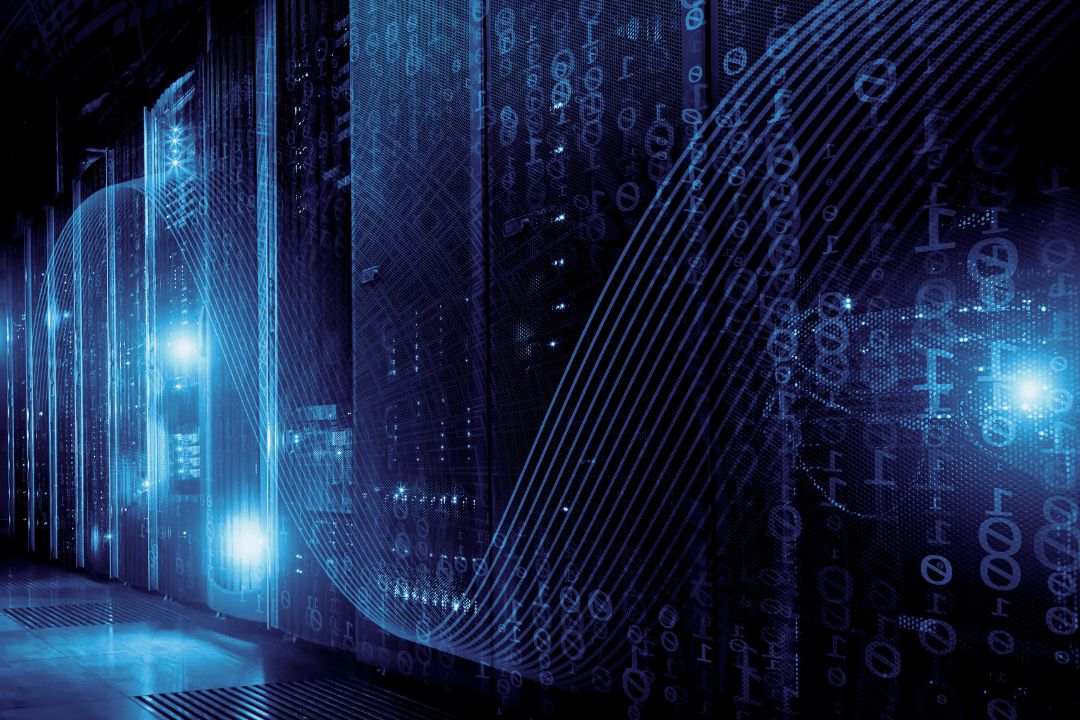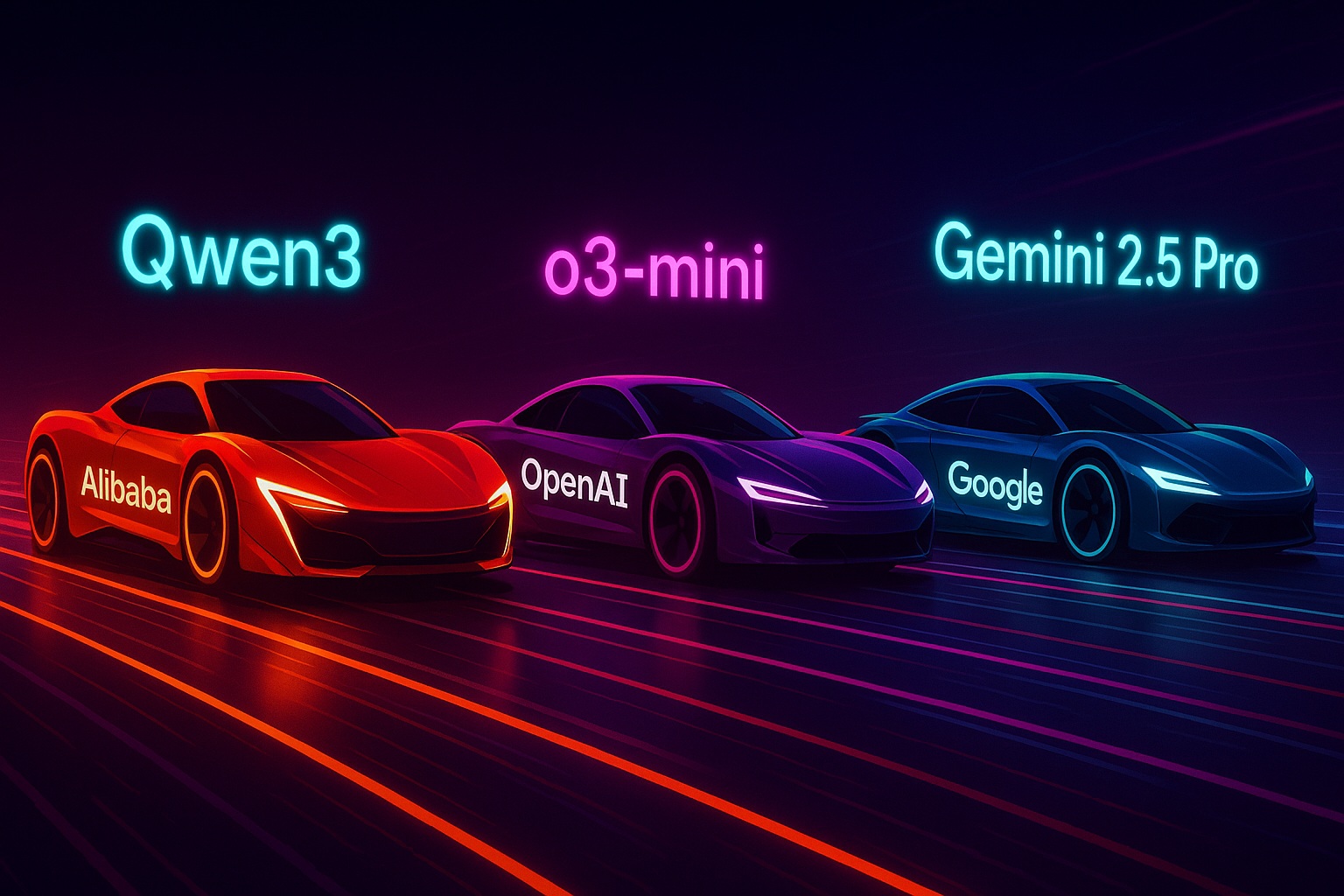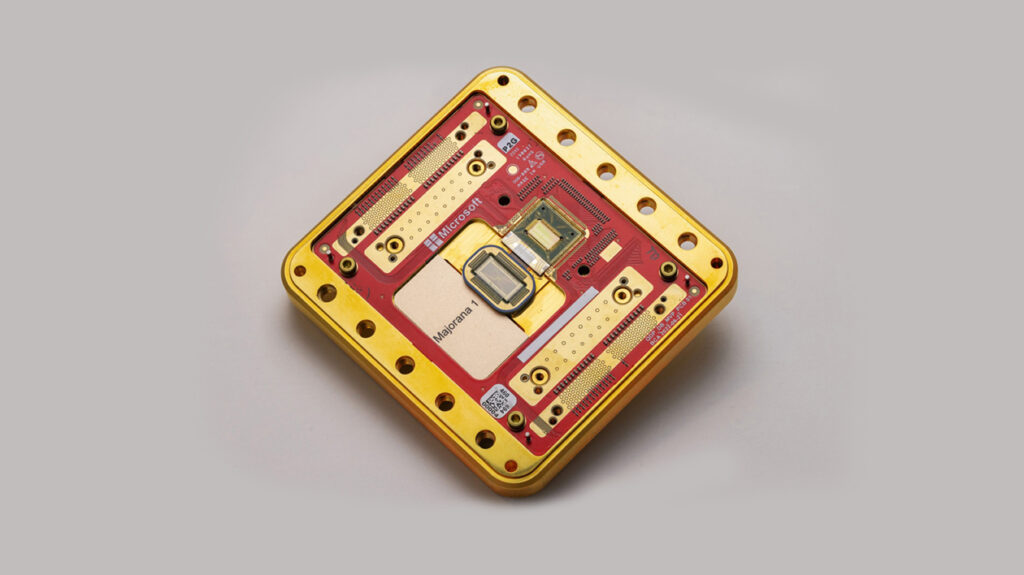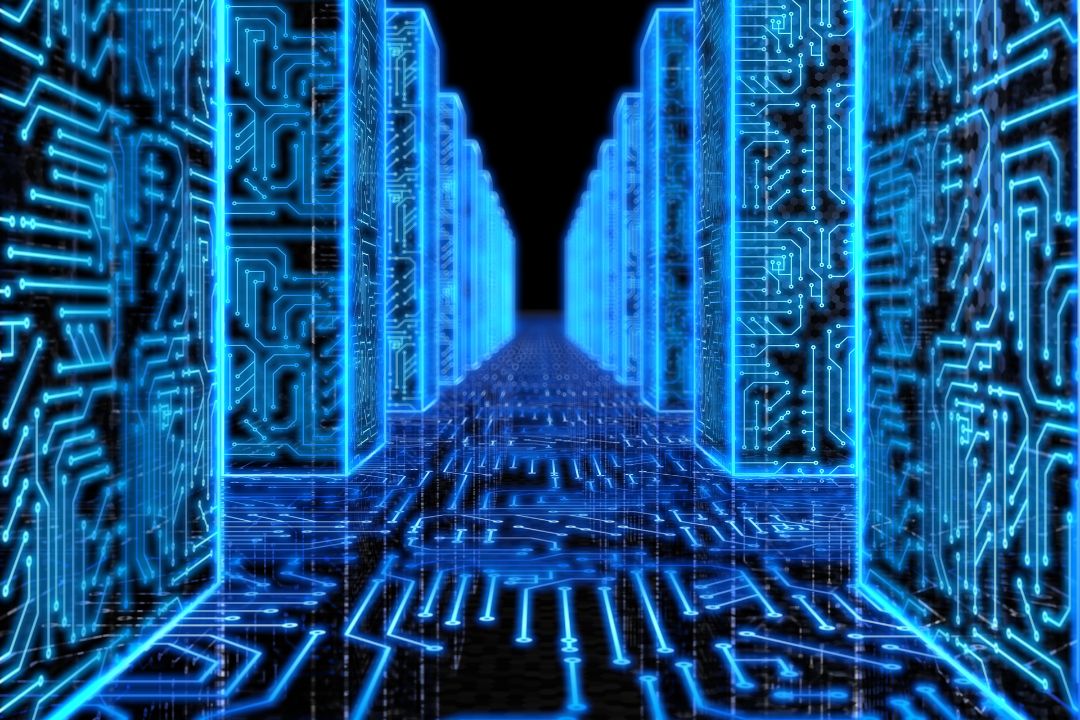Big moves are happening in the AI world. On March 19, 2025, Nvidia and Elon Musk’s xAI officially joined the AI Infrastructure Partnership (AIP), a powerful consortium backed by Microsoft, BlackRock, and Abu Dhabi’s MGX. This isn’t just another corporate handshake. It’s a massive effort to fuel the growing demand for AI computing power with billions of dollars in investment. But why does this matter? Who’s involved? And what does it mean for the future of AI?
The $30 Billion Investment in AI Infrastructure
AI isn’t just about smart algorithms—it needs serious hardware to run. That’s where the AI Infrastructure Partnership comes in. Originally formed in September 2024, this group has now rebranded and set a huge goal: investing over $30 billion in AI infrastructure projects across the U.S. When factoring in debt financing, that number could reach $100 billion.
What’s all this money for? Data centers. Energy grids. Specialized computing hardware. The kind of infrastructure that ensures AI models don’t just exist but actually run at scale.
Nvidia and xAI’s Role
Nvidia was already involved as a technical advisor when the partnership first formed. Now, it’s a full-fledged member. Why is that a big deal? Because Nvidia dominates AI chip manufacturing. With a market cap nearing $3 trillion, they make the processors that power almost every major AI model in existence. Their deeper involvement means cutting-edge AI chips will be at the heart of this infrastructure push.
Then there’s xAI, Elon Musk’s AI company. Musk launched xAI as a direct competitor to OpenAI, the company he co-founded but later sued over its shift to a for-profit model. By joining this partnership, xAI gains direct access to a massive computing network—something it will need if it hopes to take on OpenAI, Google DeepMind, and Anthropic.
The First Big Project: A Texas AI Superhub
The partnership has already announced its first major project: a massive AI data center in Abilene, Texas, set to be operational by mid-2026. This isn’t just any data center. It will house around 400,000 Nvidia AI chips and consume 1.2 gigawatts of power. That’s an almost unheard-of concentration of computing power in one place.
Why Texas? Land, energy, and policy. The state offers room to build at scale, and it has some of the most business-friendly regulations for large-scale energy projects.
The Energy Challenge: Powering AI at Scale
AI needs power—lots of it. The industry estimates that by 2034, AI data centers alone will consume 1,580 terawatt-hours (TWh) per year. That’s about the same electricity use as some entire countries. This is why energy giants like GE Vernova and NextEra Energy have also joined the partnership, focusing on supply-chain planning and high-efficiency power solutions. There’s growing speculation that the partnership will lean heavily on renewable energy to meet these massive demands.
Competition Heats Up: The Battle for AI Infrastructure
The AI Infrastructure Partnership isn’t alone in this race. In January 2025, a competing venture called Stargate was announced. Backed by SoftBank, OpenAI, and Oracle, Stargate is aiming for an even more ambitious funding goal—$500 billion over four years, with $100 billion set aside for immediate investment.
Meta is also throwing money into the ring, planning to invest $65 billion in AI infrastructure this year alone. The demand for AI infrastructure is so intense that even Taiwan Semiconductor Manufacturing Company (TSMC) is committing another $100 billion to U.S. semiconductor production.
The Bigger Picture: Why This Matters
AI is growing so fast that traditional computing infrastructure simply can’t keep up. These partnerships are trying to build the foundation for the next generation of AI—whether it’s training massive models, powering AI assistants, or developing AGI (artificial general intelligence).
Beyond the tech industry, these investments will have huge economic impacts, from job creation to shifting energy policies. And strategically, they’re about keeping the U.S. at the forefront of AI development in a world where China and other nations are making their own moves in the space.
What’s Next?
With Nvidia and xAI now officially in the mix, expect faster developments and bigger announcements. The Texas data center is just the first of many massive projects. And as competition with Stargate and other ventures intensifies, we’re likely to see an accelerated race to build the backbone of AI infrastructure.
One thing is clear: AI isn’t just software anymore. It’s a full-scale industrial revolution, requiring trillions in investment and reshaping industries along the way.



